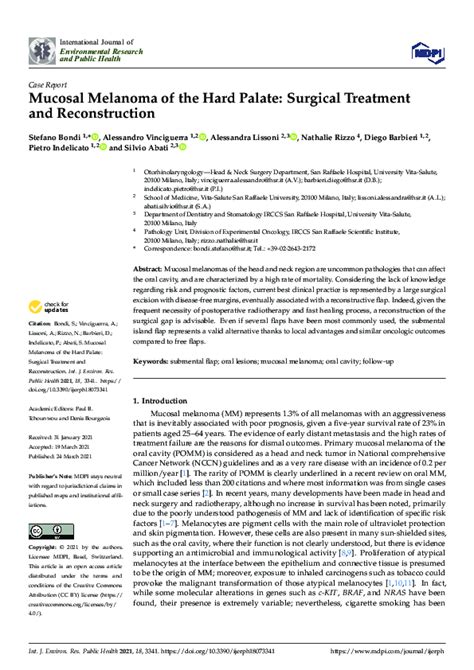Intro
Bursitis is a common condition that affects millions of people worldwide, causing pain, swelling, and limited mobility in the affected joints. It occurs when the bursae, small fluid-filled sacs that cushion bones, tendons, and muscles, become inflamed or irritated. This can be due to various factors such as repetitive motion, direct blows, or underlying medical conditions. Understanding the causes, symptoms, and treatment options for bursitis is essential to manage the condition effectively and prevent future flare-ups.
The importance of treating bursitis cannot be overstated, as it can significantly impact a person's quality of life. If left untreated, bursitis can lead to chronic pain, limited mobility, and increased risk of developing other conditions such as tendinitis or arthritis. Furthermore, bursitis can affect anyone, regardless of age or occupation, making it a widespread health concern. By recognizing the signs and symptoms of bursitis and seeking medical attention early on, individuals can reduce the risk of complications and improve their overall well-being.
Bursitis can occur in various parts of the body, including the shoulders, elbows, hips, knees, and ankles. The condition can be acute or chronic, with acute bursitis typically resolving on its own within a few weeks, while chronic bursitis can persist for months or even years. The symptoms of bursitis may vary depending on the affected joint, but common signs include pain, swelling, redness, and warmth around the affected area. In some cases, bursitis can also cause limited mobility, stiffness, and snapping or grinding sensations in the joint.
Treatment Options for Bursitis

Medications for Bursitis
Medications play a crucial role in managing bursitis, particularly in reducing pain and inflammation. Common medications used to treat bursitis include: * Nonsteroidal anti-inflammatory drugs (NSAIDs) such as ibuprofen or naproxen * Corticosteroids such as prednisone or methylprednisolone * Antidepressants such as amitriptyline or duloxetine * Muscle relaxants such as cyclobenzaprine or baclofen It is essential to follow the recommended dosage and consult with a healthcare professional before taking any medication, as they can have potential side effects and interactions with other medications.Causes and Risk Factors of Bursitis

Risk Factors for Bursitis
Certain risk factors can increase the likelihood of developing bursitis, including: * Age: Bursitis is more common in adults over 40 years old * Occupation: Jobs that involve repetitive motion, heavy lifting, or direct blows can increase the risk of bursitis * Sports: Participating in sports that involve repetitive motion, such as tennis or golf, can increase the risk of bursitis * Medical conditions: Underlying medical conditions such as rheumatoid arthritis, gout, or diabetes can increase the risk of bursitis * Obesity: Excess weight can put additional stress on the joints, increasing the risk of bursitisDiagnosis and Testing for Bursitis

Imaging Tests for Bursitis
Imaging tests can help confirm the diagnosis of bursitis and rule out other potential conditions. Common imaging tests used to diagnose bursitis include: * X-rays: To rule out other conditions such as fractures or osteoarthritis * Ultrasound: To visualize the bursae and surrounding tissues * MRI: To visualize the bursae, tendons, and surrounding tissues in detail * CT scan: To visualize the bursae and surrounding tissues in detailPrevention and Management of Bursitis

Lifestyle Modifications for Bursitis
Lifestyle modifications can help reduce the risk of developing bursitis and manage the condition. Common lifestyle modifications include: * Maintaining a healthy weight: Excess weight can put additional stress on the joints, increasing the risk of bursitis * Exercising regularly: Regular exercise can help improve mobility and reduce the risk of bursitis * Avoiding repetitive motion: Avoiding activities that involve repetitive motion can help reduce the risk of bursitis * Taking regular breaks: Taking regular breaks to rest the joints can help reduce the risk of bursitisSurgical Treatment for Bursitis

Risks and Benefits of Surgical Treatment
Surgical treatment for bursitis carries potential risks and benefits. Common risks include: * Infection * Bleeding * Nerve damage * Scarring Common benefits include: * Relief from pain and inflammation * Improved mobility * Reduced risk of future flare-upsAlternative Therapies for Bursitis

Benefits of Alternative Therapies
Alternative therapies can provide several benefits for bursitis, including: * Reduced pain and inflammation * Improved mobility * Promoted healing * Reduced risk of future flare-ups * Improved overall well-beingWhat are the common causes of bursitis?
+Bursitis can be caused by repetitive motion, direct blows, and underlying medical conditions such as rheumatoid arthritis, gout, or diabetes.
How is bursitis diagnosed?
+Bursitis is typically diagnosed through a physical examination, medical history, and imaging tests such as X-rays, ultrasound, or MRI.
What are the treatment options for bursitis?
+Treatment options for bursitis include self-care measures, medications, physical therapy, and surgical treatment. The primary goal of treatment is to reduce inflammation, relieve pain, and improve mobility in the affected joint.
Can bursitis be prevented?
+Yes, bursitis can be prevented by maintaining a healthy weight, exercising regularly, avoiding repetitive motion, and taking regular breaks to rest the joints.
What are the risks and benefits of surgical treatment for bursitis?
+Surgical treatment for bursitis carries potential risks such as infection, bleeding, nerve damage, and scarring. However, it can provide relief from pain and inflammation, improve mobility, and reduce the risk of future flare-ups.
In conclusion, bursitis is a common condition that can cause significant pain and limited mobility in the affected joints. Understanding the causes, symptoms, and treatment options for bursitis is essential to managing the condition effectively. By recognizing the signs and symptoms of bursitis and seeking medical attention early on, individuals can reduce the risk of complications and improve their overall well-being. We invite you to share your experiences with bursitis, ask questions, or provide feedback on this article. Your input can help others better understand the condition and find effective treatment options.
